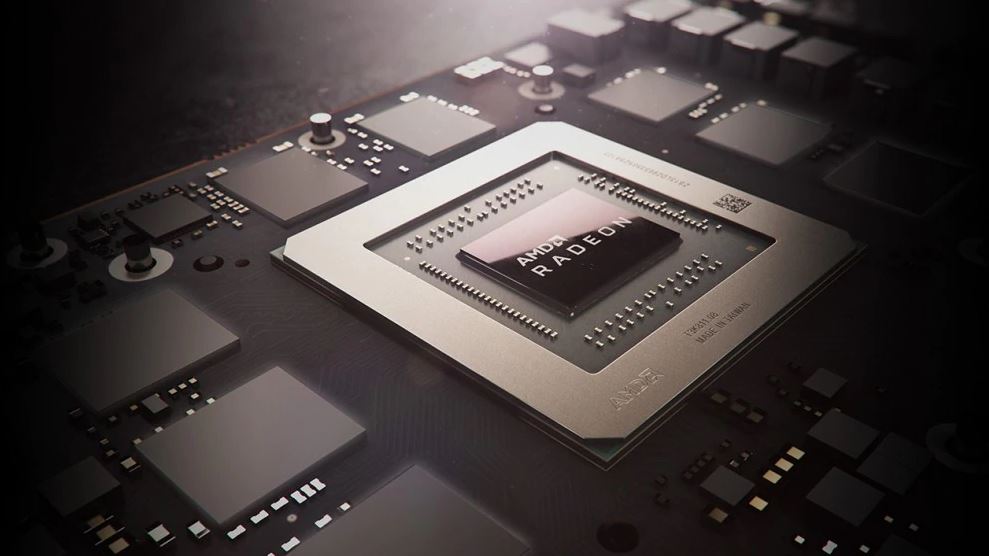While graphics cards and GPUs are still a pain point for most gamers looking to upgrade right now, it must be remembered that the world of semiconductors is constantly looking ahead to the next great design. In this case, we’re talking about RDNA 3 and the chiplet approach to designing GPUs again. According to leaker Moore’s Law is Dead, AMD is attempting to implement chiplets as soon as 2022 with the introduction of its RDNA 3 architecture.
The implications of using chiplets in GPUs are, of course, huge, should the design perform as hoped for. Just take a look at AMD’s runaway success with the chiplet-based Zen CPU architecture, and you’ll quickly realize what this could mean for future generations of gaming graphics. Of course, it’s all easier said than done. There are significant challenges in overcoming the latency issues that arise when multiple smaller die are linked together to work in series.
Plenty of gamers surely remember the older trend of gaming PCs with multiple graphics cards and the number of headaches that came along with such configurations. That’s why we’ve shifted back to single-graphics card configurations with monolithic GPUs in recent years. However, Nvidia, Intel, and AMD haven’t given up on the dream of allowing multiple die to work together for better gaming performance. In fact, they’re seemingly trying harder than ever to get it right, as there are plenty of patent filings that describe such configurations.
Moore power
There are clear reasons for making chiplets work for gaming GPUs as well. Chiplet GPUs help to lower production costs by allowing for better yields on individual die, offering better design scaling, and reducing the need to move to smaller, more expensive production nodes. Companies and gamers alike will benefit from successful chiplet-based GPUs. The sooner these designs succeed, the better.
Good luck with that, AMD
While Moore’s Law is Dead emphasized that the design for RDNA 3 still isn’t done, he did provide some details about leaks and estimates for AMD’s next architecture. As already stated, AMD seems to be targeting an early 2022 release window, though delays are not out of the question. As the design hasn’t been finalized, there’s also the possibility that the chiplet design could be abandoned for another monolithic design again in order to keep to schedule.
With all of that in mind, this is what we know. AMD publicly stated it expects RDNA 3 to offer about a 50% performance per watt improvement over RDNA 2. The latest leaked info suggests it could be even more than that if things go well, which likely depends on whether or not the chiplets can be implemented. Moore’s Law suggests 60-80% improvements are not out of the question. Either way, AMD is highly confident in RDNA 3.
Seeing how hard it is to get a GPU right now, perhaps this latest news is something to look forward to. If you aren’t able to score an upgrade this gen, a substantially better offering might be available in the not-too-distant future.








Published: May 7, 2021 12:30 AM UTC